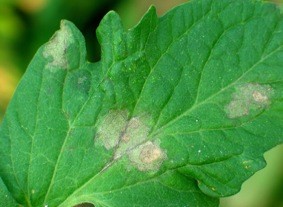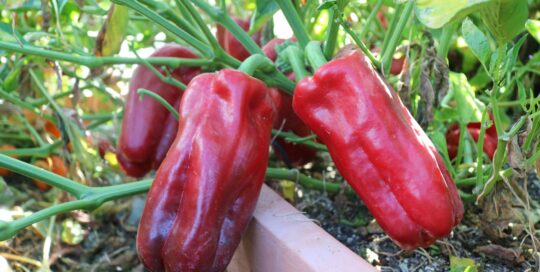Protect Your Tomatoes and Potatoes from Late Blight
Views: 4345

If you’re gardening in the Northeast, you may have had the bejeezus scared out of you recently with the warnings about Late Blight.
The disease, caused by Phytophthora infestans, is the same one that caused the Irish Potato Famine back in the 1840s. Before you run to the store to begin stockpiling rations, let’s first learn more about this disease, how to recognize it, and how to stop its spread.
Late Blight
This spring’s Late Blight isn’t an unknown quantity. In fact, it’s been in the U.S. for well over 100 years. It has, however, had an early appearance and is spreading quickly throughout the region, infecting primarily tomato and potato plants. Late Blight is an equal opportunity disease for both backyard gardeners and larger commercial farms. And it doesn’t matter what variety you grow—if you have any tomato or potato plants at all, it’s susceptible, so watch out.
Phytophthora infestans is a spore-producing mold. When ripe, the organism releases its spores, which travel by any means available. They can roll along with water droplets, float away in wind, become buried underground, and even hitch a ride on your clothes. Because it’s been such a cool, moist, and relatively windy spring and summer in the Northeast, the spores have been able to spread quickly.
Late Blight appears as olive-brownish lesions on leaf surfaces. On the underside of the leaves, it will appear as a fuzzy white growth, especially when the weather has been wet or humid. The edge of these lesions may be a bit yellowed, as well. Stems of potatoes and tomatoes also can show symptoms, appearing as black lesions. You may also see firm brown spots on the tomato fruit themselves.
Prevention
If your tomato or potato plant already has these symptoms, immediately remove the affected plants. To limit the spread of the spores, place the plants in a plastic bag, seal it so no spores escape, and place it out with the trash.
DO NOT put infected plants onto your compost pile. The spores will still be viable, ready and willing to continue the path of destruction.
To protect your crops from an infestation, you can apply treatments before symptoms occur. For organic gardeners, your only option is copper fungicide. And according to the University of Massachusetts Extension Program, copper fungicide isn’t very effective against Late Blight.
Because of different availability and regulations among states, it’s best to consult a nursery professional, garden center, or state extension program for advice on conventional treatment of Late Blight. Some of the materials available for the home gardener will only protect an infected plant from further infection, not cure the disease.
As long as moist and/or humid weather persists, there is still the threat of the spread of Late Blight. What we need now is a hot, dry summer to shine on us.
*Photo obtained from Cornell Universitys Long Island Horticultural Research Lab website. For more photos of Late Blight symptoms, visit http://www.hort.cornell.edu/department/Facilities/lihrec/vegpath/photos/lateblight_tomato.htm
Meet Ellen Wells
When you’re raised on a farm, you can’t help but know a thing or two about gardening. Ellen Wells is our expert on edible gardening.…
Ellen's Recent Posts

Pepper Red Impact an All-America Selections Winner






